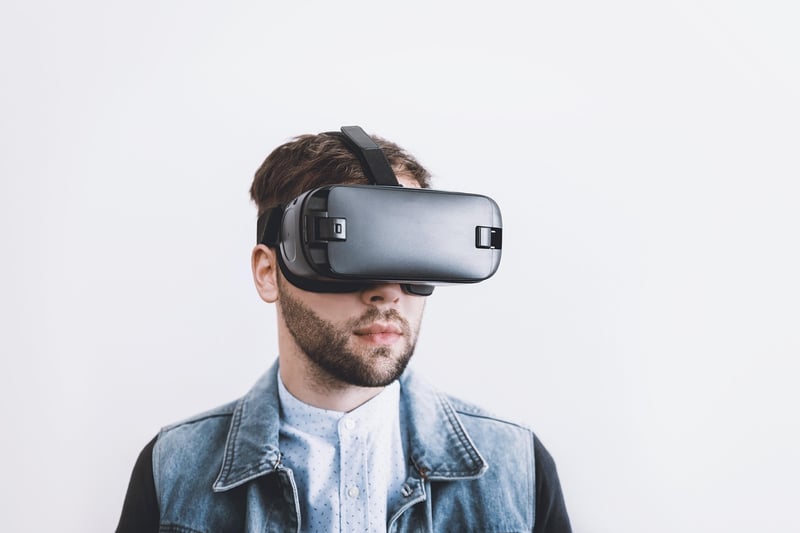Engineering VR Models
The Impact of Virtual Reality Applications in Industries
Virtual Reality (VR) technology has revolutionized various industries by offering immersive and interactive experiences. One of the sectors significantly benefiting from VR is engineering, where VR models play a crucial role in design, prototyping, and simulations. Let's delve into the applications of VR in industries, with a focus on engineering VR models.
Benefits of Virtual Reality in Industries:
- Enhanced Visualization: VR enables professionals to visualize complex data and designs in a realistic 3D environment, aiding in better understanding and decision-making.
- Improved Collaboration: Teams can collaborate in real-time regardless of their physical location, leading to faster project development and reduced travel costs.
- Efficient Training: VR simulations provide a safe and cost-effective way to train employees in high-risk environments without real-world consequences.
- Product Prototyping: Engineers can create virtual prototypes, test functionalities, and identify design flaws early in the development process, saving time and resources.
Engineering VR Models:
Engineering VR models are detailed digital representations of physical objects or systems that engineers can interact with in a virtual space. These models are used for various purposes, including:
- Design and Visualization: Engineers can create, modify, and visualize complex designs in 3D, allowing for better analysis and optimization before physical production.
- Simulation and Testing: VR simulations help engineers test different scenarios, evaluate performance, and identify potential issues without the need for physical prototypes.
- Training and Education: VR models are invaluable for training new engineers, showcasing concepts in educational settings, and providing hands-on learning experiences.

By leveraging engineering VR models, professionals can streamline their workflows, enhance collaboration, and drive innovation in the field of engineering. As VR technology continues to evolve, its applications in industries are expected to expand, offering new possibilities and efficiencies.
Embrace the power of Virtual Reality in engineering to unlock a world of creativity, efficiency, and progress!
